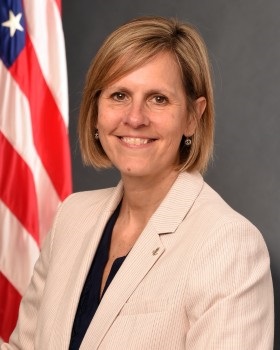T/TAS News and Updates
FY2020 Head Start Monitoring Protocols Available
- T/TAS at WKU
- Wednesday, October 23rd, 2019

The Fiscal Year (FY) 2020 Head Start Monitoring Protocols have been made available by the Office of Head Start (OHS) at their website. These protocols are used by the Office of Head Start to gather data and other information to assess grantee program operation and performance, and include the CLASS® Field Guide, The Focus Area One Monitoring Protocol, and the Focus Area Two Monitoring Protocol.
The Focus Area One (FA1) is an off-site review of data and documents conducted by a series of phone calls with an OHS reviewer. The grantee discusses the design, management, and governance structure of their program and is designed to develop an understanding of the foundation for program services. Emphasis of the FA1 review is on discussion with members of the Head Start program’s leadership team, focusing on program growth and sharing insights. This portion includes a 60-to-90 minute phone call every day for five days.
The Focus Area Two (FA2) review is in-person visits with an OHS reviewer. A relatively new portion of the FA2 is the data tour, to show the reviewer not only what information a program has but how they are using that information to make decisions about what resources and services to provide for the Head Start families. Classroom observations and discussions with the teachers, management staff, governing body, and policy council are part of the FA2 review.
The CLASS® Field Guide review is done in the same year as the FA2 review, but not at the same time. They are separate reviews.
Included in the OHS website is a webinar featuring Adia Brown, Monitoring Lead at OHS and Dr. Deborah Burgeron, Director of the OHS, discussing the updates and highlights of the FY20 monitoring season.
“ERSEA is something that we really decided to highlight in this FY20 protocol.” says Adia Brown. “So, when we talk about eligibility, it all starts with how the staff actually validate when parents are coming into the program.”
Dr. Burgeron emphasizes, “This is important. We're really designed to serve the most vulnerable children. And if we're not careful, you know, we can create a situation where slots aren't available for those families, and those are the families who are less likely to seek us out. So, it's important that we are mindful to make sure that every child enrolled with certain eligibility has the verification to back that up.”
Another important change reflected in the FY2020 Monitoring Protocol is the increase in Micro Purchase Threshold from $3,500 to $10,000 and the increase of the Simplified Acquisition Threshold from $150,000 to $250,000. This Class Deviation from the Federal Acquisition Regulation went into effect on June 1, 2018 and is applicable to the question found in FA2’s Monitoring and Implementing Fiscal Infrastructure section.
Budget Execution
Performance Measure 3 (PM3)
2. Procurement.
c. Does the grantee ensure there are an adequate number of qualified vendors to demonstrate required competition for micro-purchases (currently below $10,000), small purchases ($10,000 to $249,999) 75.329(a)-(b), and purchases of the simplified acquisition threshold (currently $250,000)? 75.332
All documents can be found on the T/TAS Complimentary Resources webpage.
(Photo: Dr. Deborah Burgeron, Director of the Office of Head Start. Image courtesy of the OHS website.)
_________________________
J. Christopher Watkins, Executive Director
Training & Technical Assistance Services (T/TAS)
Western Kentucky University
800.882.7482
www.ttas.org
ttas.info@wku.edu
Advancing knowledge within early learning communities
Some of the links on this page may require additional software to view.
